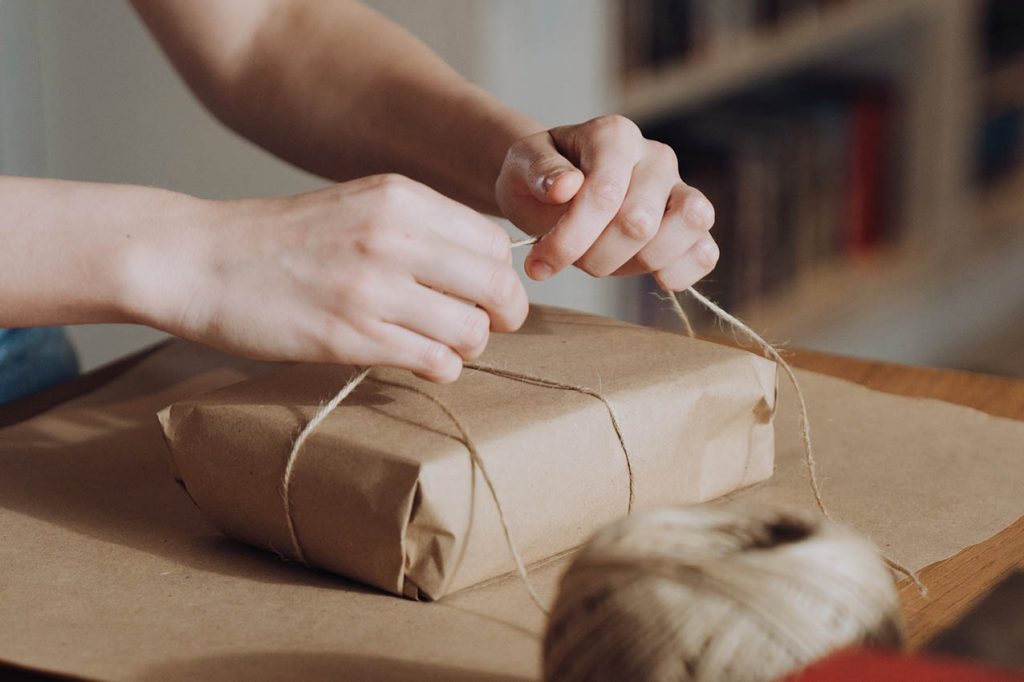
Christmas is here, and with it the advertising efforts of brands to make their products on our wish list. They take advantage of these days to encourage compulsive consumption through significant offers to inaugurate Christmas shopping, which already began with Cyber Monday and, above all, Black Friday.
However, the famous Black Friday is a very appropriate name to describe its environmental impact. The global increase in demand results in one of the most polluting days for the planet. According to the Greenpeace organization, “in 2019, 1.7% of Madrid’s annual CO₂ emissions were generated on that day, six times more than a normal day, due to the transport, packaging and production of the products”.
It is estimated that at least 20% of purchases from electronic commerce are returned, generating tons of packaging and management costs (economic, logistical and environmental).
Added to this is the short life we give to our electronic devices. This increases the electronic waste we generate, with the consequent impact on the environment. These devices contain metals that can pollute water, soil, and air if not recycled properly.
How to be responsible consumers
As an alternative to Black Friday, Green Friday emerged a few years ago in the United States to promote more responsible consumption. This initiative – promoted in Europe by representatives of the European Commission and the organizations ECODES, WWF and Ecoserveis – invites us to think before buying, to be aware of how and where what we buy is produced and to support brands that are more aware and respectful of environment.
Green Friday is a movement that takes into account the future and that seeks to generate a positive change in the day-to-day habits of consumers and companies.
Throughout the course, in the Comprehensive Ecology and Sustainability Program of the Faculty of Human and Social Sciences of the Comillas Pontifical University, we have worked to educate students and staff so that they are more sustainable in their day-to-day lives. For these holidays we want to make some recommendations on how to reduce our environmental impact.
With small actions such as those presented below we can generate a positive impact on our environment.
Use recycled wrapping paper
Using recycled magazines or newspapers as wrapping paper is a perfect option for original wrapping. Another way to make an eco packaging is using boxes that we have at home, they can be decorated and personalized.
Forget plastic trees
If you don’t have a Christmas tree yet, don’t worry because you have time to make your own pallet tree . They can be disassembled and made into the shape of the branches or made as a triangle-shaped shelf, placing the pieces from smallest to largest.
A plastic tree is not the best option. If you want to compensate for the amount of CO₂ generated, you should extend its useful life by at least 12 years. If crafts aren’t your thing, a natural tree is better. If you keep the roots, at the end of the festivities, you can plant it in the field or in a nearby park.
Make ornaments with used materials
Repurposing soda or beer plates to create garlands will add a retro touch to your Christmas decorations. The coffee pods can be turned into bells either for a garland or to cover the Christmas lights and give them a different touch.
Plastic or glass bottles can become the Magi , Santa Claus or even a snowman.
Finally, making a nativity scene with wine corks and clay figures is a challenge, but a great idea that we propose to lovers of do it yourself as a family activity.
Reduce energy consumption
Minimize car use and use public transport. The car is used, in most cases, for short journeys that could be made on foot or by public transport.
In addition, we advise reducing the purchase of products that are not really necessary, since enormous amounts of energy are consumed to manufacture them. Also use electronic devices that can be connected to the network, instead of those that use batteries.
Choose handcrafted toys with little packaging.
Find locally crafted toys and don’t buy them with a lot of packaging. Look for those that stimulate creativity and do not buy those that use batteries. Check that they are made of natural and biodegradable materials.
Buy local products
Buy in neighborhood stores close to your home (local products), in traditional markets (organic farming) or in fair trade stores. In them, products can be obtained with guarantees that they have been produced in a sustainable way and that a decent salary has been paid to producers in developing countries.
In addition, it could become part of consumer cooperatives: where consumers get in direct contact with producers, largely eliminating intermediaries.
Avoid wasting food
Wasting food is not only bad for our pockets, but also for the environment. It is estimated that more than 1.3 billion tons of food are thrown away in the world each year. Christmas represents a significant increase in the consumption of food products and, as a consequence, their waste.
How can we avoid wasting food during the holidays? First you have to organize the Christmas menu in advance and calculate the appropriate amounts per person. Making a list helps to buy only what is necessary, but in the supermarket try to put only what you are going to use in the basket and avoid last minute whims.
Try to buy food with little packaging and proximity, as well as seasonal or organic products. With the leftovers, you can look up recipes to take advantage of or freeze them to eat another day.
You can even recycle the drink. If you have a lot of wine left over, you can heat it in a pot with nutmeg, cinnamon, allspice and brown sugar and enjoy a classic from the Christmas markets of northern Europe.
Heike Pintor Pirzkall, Comillas Pontifical University
